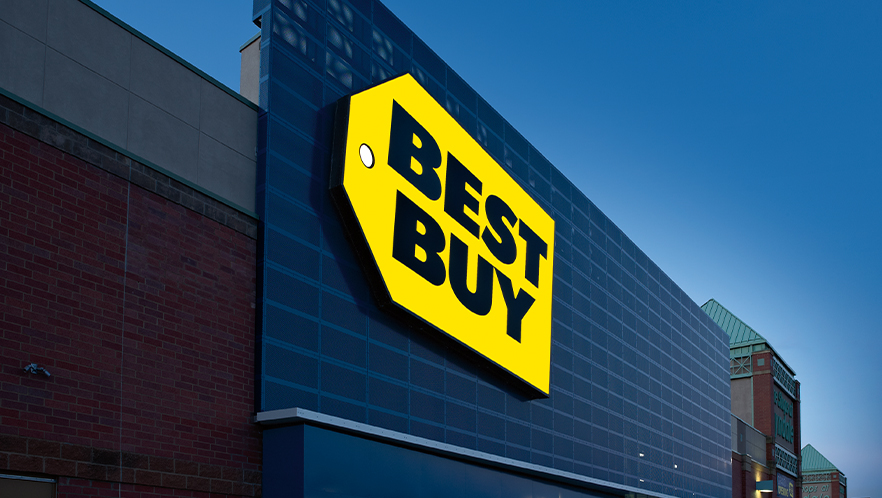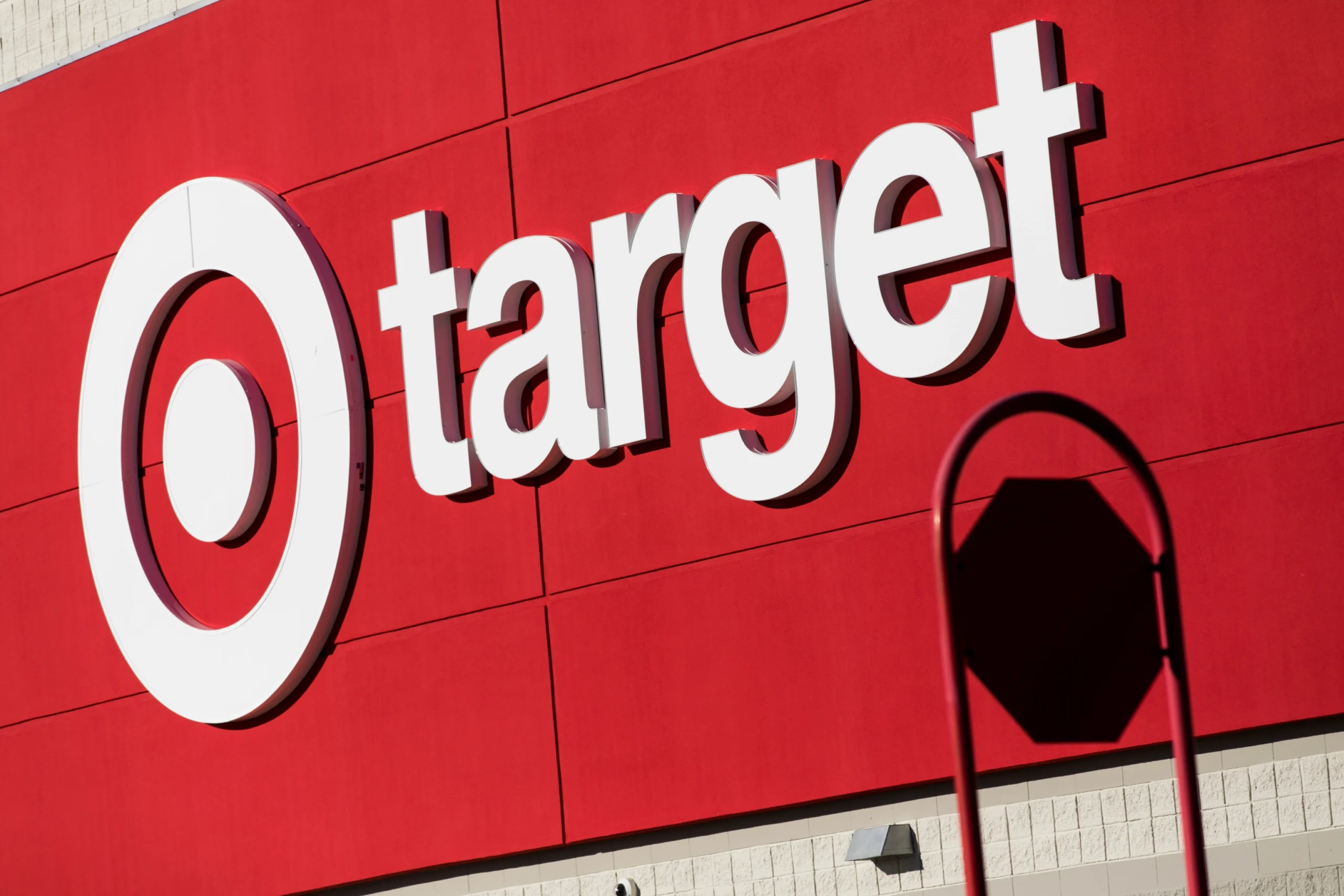Many innovative product startups dream of seeing their products on the shelves of retail giants like Walmart, Best Buy, or Costco. While that dream is exciting, few founders stop to ask an important question — is that actually the right move right now?
Getting your product into thousands of stores can be a major milestone, but without the right preparation and retail alignment, those dreams can quickly turn into financial and operational nightmares.
What Is Retailer Market Fit?
Retailer market fit (also known as retail alignment) means matching your product and company’s growth stage with the right retail channels and partners. It ensures that your business can handle the operational, financial, and marketing demands of selling through retail.
Unfortunately, many startups skip this step — chasing large retail deals before they’re ready. The result? Missed opportunities, poor sell-through performance, or even worse, cash flow problems that can sink a company.
Today’s retail landscape is complex and multi-channeled — including big-box retailers, specialty and regional stores, ecommerce platforms, TV shopping networks, incentive programs, and B2B sectors such as hospitality and travel. Knowing where you fit within this ecosystem can make the difference between remaining a one-product online brand or becoming a multi-SKU manufacturer with nationwide retail presence.
How to Build Retail Alignment for Long-Term Growth
Retail alignment isn’t about saying “yes” to every opportunity — it’s about strategically selecting the right retail partners and channels for your current stage of growth. Below are key areas to consider when mapping your retail strategy.
1. Match the Right Retailer or Channel Size
One of the biggest mistakes startups make is assuming that bigger is always better. In reality, your retail partner should match your operational capacity.
Large chain retailers like Walmart, Target, or CVS can issue huge purchase orders — but they also expect fast turnover and consistent sell-through. If your product doesn’t sell, you’re likely to face costly product returns and excess inventory sitting in your warehouse.
Instead, consider starting smaller with regional specialty stores, online marketplaces, or catalog retailers. These channels allow you to refine your logistics, marketing, and customer support before scaling up. Once you’ve built that foundation, you’ll be better positioned to take on larger accounts like Walmart or Costco without risking your business stability.
Key takeaway: Controlled, steady retail growth is always better than explosive expansion you can’t sustain.
2. Focus on the Right Retail Category Fit
Every product founder believes their product deserves to be everywhere — but the reality is, your product needs to belong where it’s sold.
When evaluating a retail partner, ask yourself:
- Does this store specialize in my product category?
- Is the category already oversaturated with similar items?
- Do they promote new or independent brands?
- Is their location or distribution network aligned with my shipping and support capabilities?
Visit or research the stores you’re targeting. Make sure they actively highlight brands like yours and that their customers are your customers. Good category alignment ensures your product doesn’t just sit on the shelf — it sells.
3. Align with the Right Marketing and Distribution Channels
Your marketing channels and distribution partners should grow alongside your retail strategy. If you’re not yet equipped to manufacture or ship thousands of units, don’t jump into large-scale retail too soon.
Retail exposure can create massive demand, and if you can’t fulfill it, it can damage your reputation and relationships. That’s why aligning your supply chain, fulfillment partners (3PLs), reps, and distributors is so important.
Before working with a sales rep or distributor, evaluate them just like you would a retailer:
- Do they specialize in your product category?
- How many competing products do they represent?
- Do they have strong relationships with your target retailers?
- Are they passionate about your brand and product?
Third-party partnerships are long-term commitments — choose wisely and make sure each partner adds strategic value.
The Bottom Line: Retail Alignment Drives Sustainable Success
Strong retail alignment ensures that your sales channels, operations, and brand strategy move in sync. You’ll be working with the right-sized retailers, in the right categories, and through the right channels — all while maintaining healthy cash flow and strong brand performance.
If you’re preparing to launch or expand your product into retail, getting your retailer market fit right is essential. The right alignment means you’re not just getting on shelves — you’re staying there profitably.
Partner with Retailbound for Retail Success
Since 2008, Retailbound has helped hundreds of product brands launch, scale, and thrive across more than 150 retailers in the U.S. and Canada. We specialize in retail strategy development, buyer engagement, sales management, and channel marketing support — helping product startups and established brands alike build a strong, sustainable retail presence both in-store and online.
Contact Retailbound today to learn how we can help your brand achieve the right retailer market fit and long-term retail growth.
About the Author
Yohan Jacob is the President and Founder of Retailbound, a leading retail channel management consultancy that bridges the gap between product creators and retailers. Yohan and his team provide hands-on guidance to help brands expand their retail footprint, strengthen buyer relationships, and increase sales performance across multiple retail channels.



